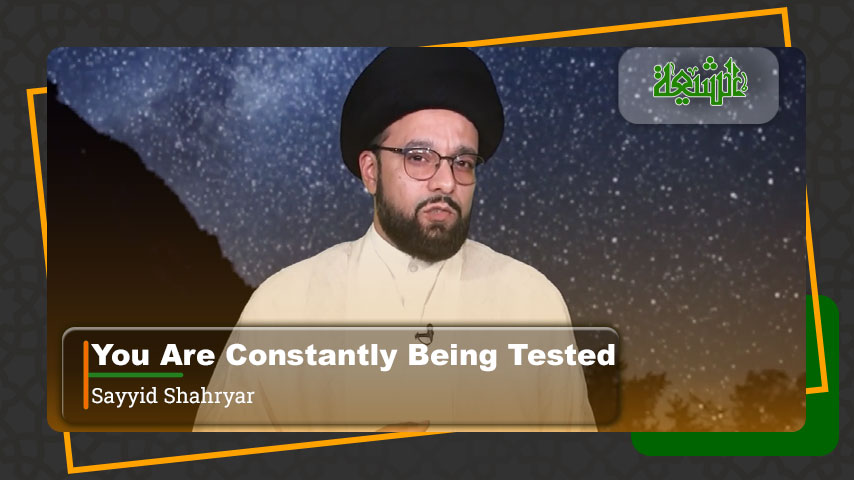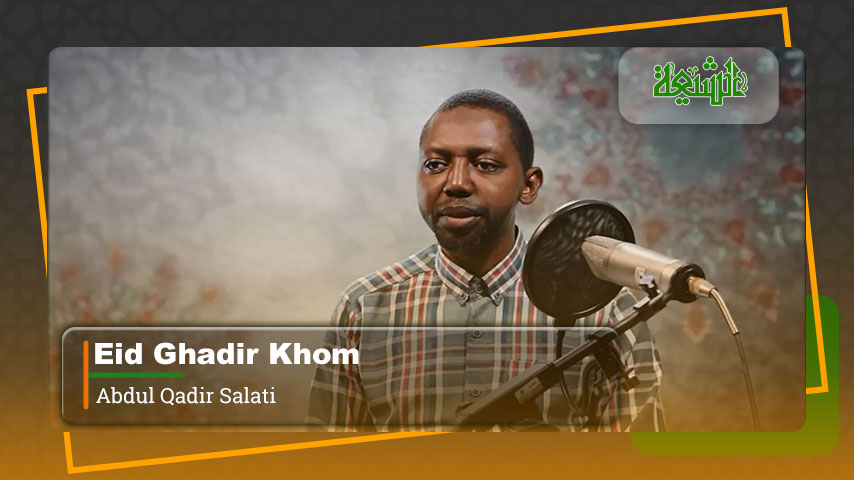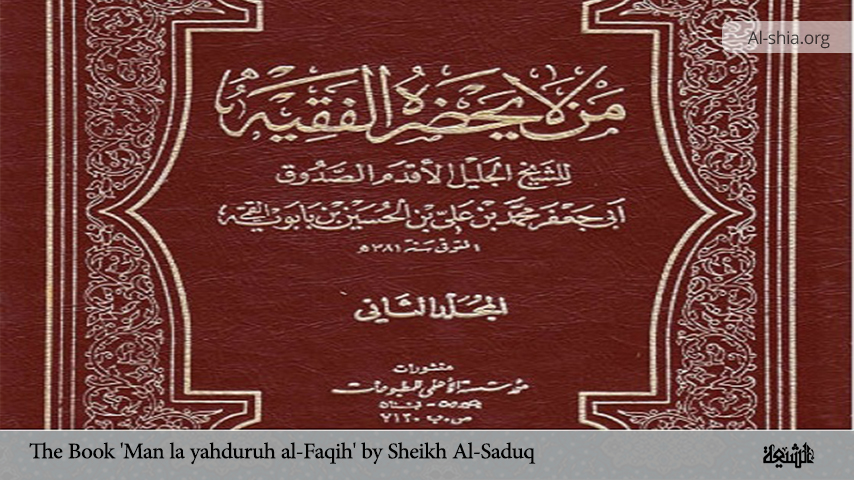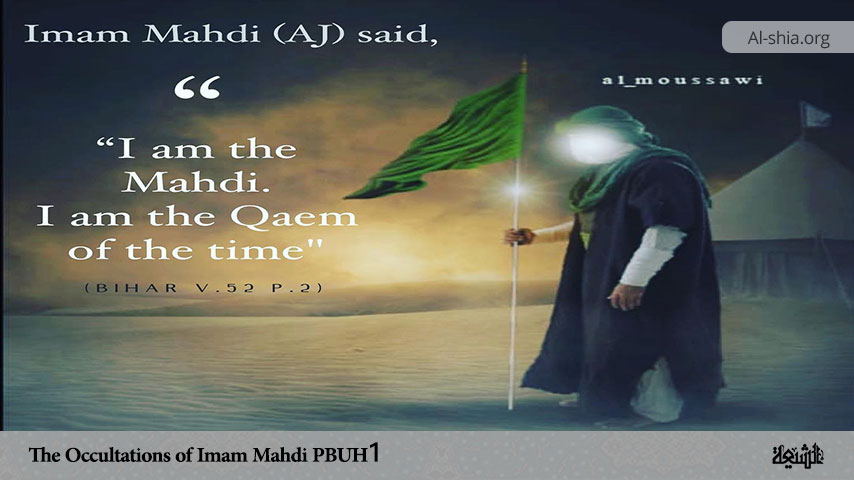In this section, we shall look at the life of Lady Nusrat Begyum Amin in relation to her attainment of the highest scholarly rank in the seminary (Mujtahida), her teachers and part of her social activities.
Her Achievement of the Level of Ijtihad
Her giftedness, endless efforts, strong determination, and infinite patience with obstacles bore positive outcomes after years of education and hard work. She was almost forty when Ayatullah ‘Abd al-Karim Ha’iri Yazdi (1) and Ayatullah Muhammad Shirazi evaluated her; after her achievement, they granted her the authority to practice ijtihad.(2)
Ayatullah Estahbanati and Ayatullah Sheikh Muhammad Reza Abu al- Majd Najafi Isfahani also granted her permission to do so. (3) The great academic and spiritual level of Lady Amin is clearly mentioned in the permission letter of Ayatullah Abu al-Majd Najafi to transmit hadiths: I authorize this learned and noble Sayyida, the priceless hidden gem, one of the best children of Lady Zahra (a), the sagacious woman, the perfect gnostic and theologian, to transmit from me what I am authorized to quote from commentaries of the Qur’an, supplications, hadiths, and jurisprudence.(4)
The outcomes of her great academic efforts originating from her piety and renunciation from the material world was so outstanding that even grand scholar Ayatullah Mar‘ashi Najafi requested permission from her to transmit hadiths.
In a part of the permission letter she wrote to Ayatullah Mar‘ashi, (5) she said, “After doing istikhara, (6) I authorized him to transmit from me what I am authorized to transmit from commentaries, supplications, hadiths, and Islamic rulings from Shi‘a works and non-Shi‘a reports in every way they have been transmitted.(7)
She was considered the unique mujtahidah of her time since her academic and mystical position rose so high that great scholars and mystics considered it a blessing to be in her presence and took advantage of her knowledge and wisdom.
These scholars include ‘Allamah Sayyid Muhammad Husayn Tabataba’i (author of al-Mizan), ‘Allamah Sheikh ‘Abd al-Husayn Amini (author of al-Ghadir), and Allamah Muhammad Taqi Ja’fari (author of Sharh-e Nahj al- Balaghah) (8) who said:
Upon studying her available works, [I can confirm that] Banu Amin is undoubtedly one of the most celebrated scholars of the Shi‘a world. Her academic method is quite comparable to other scholars. Because of her high spiritual status, she is considered one of the outstanding scholars who are born again in their lives [al-hayat al- tayyiba].(9)
Her Great Teachers
1) Ayatullah Aqa Sayyed Abu al-Qasem Dehkordi:(10) This great faqih (11) and famous mujtahid was a distinguished professor of jurisprudence and principles of jurisprudence who lived in Isfahan.
He learned Islamic sciences in Isfahan from great teachers such as Mirza Abu al- Ma‘ali Kalbasi, Hajj Sheikh Muhammad Baqir Masjid Shahi, and Aqa Mirza Muhammad Mohsin Najafi.
2) The late Aqa Mirza Muhammad Hasan Shirazi in Samarra: she studied with him until she was able to independently derive a rule of divine law from the Qur’an (ijtihad).(12)
3) Hujjat al-Islam Mirza Ali Asghar Sharif:(13) He was son of Hajj Muhammad Baqir, an Arabic literature teacher who taught other basic courses in the Seminary of Isfahan. There, he also was the prayer leader in a mosque.
He lived a long life;(14) when he passed away, Lady Amin was eighty years old.(15)
4) Ayatullah Mirza Ali Aqa Shirazi: (16) He was one of the outstanding people of his time, mastering in jurisprudence, exegesis, spirituality, morality, and Arabic literature. He was the son of Ali Akbar Shirazi and a student of great teachers such as ‘Allamah Sayyed Muhammad Baqir Dorcheh’i, Hajj Aqa Husayn Borujerdi, and others in Isfahan Seminary.
He also studied philosophy under distinguished philosophers such as the Jahangirkhan Qashqa’i and Akhund Mulla Muhammad Kashani, and physics under Muhammad Baqir Hakim Bashi.
In Najaf al-Ashraf and learned from Grand Ayatullahs Sheikh al-Shari‘ah Isfahani, Aqa Sayyid Muhammad Kazem Yazdi, and Akhund Khorasani and achieved great degrees in knowledge. Afterwards, he went to Isfahan where he taught until the end of his life.(17)
5) Hujjat ul-Islam Hajj Sheikh Abu al-Qasim Zofreh’i:(18) He was known as “Hajj Akhund” a pious man who taught in the Seminary of Isfahan.(19) Lady Amin was 48 when he passed away.(20)
6) Hujjat ul-Islam Hajj Aqa Husayn Nizam al-Din Kachu’i.(21)
7) Sheikh Zayn al-‘Abedin Mazandarani and Hajj Mirza Husayn Nuri in Iraq.
8) Ayatullah Mir Sayyid Ali Najaf Abadi: (22) He was a mujtahid who taught Islamic sciences in Isfahan Seminary. He was also Lady Amin’s most influential teacher, playing the leading role in several stages of Lady Amin’s education (23) as he taught her jurisprudence, principles of jurisprudence, and Islamic philosophy.
He once said, “My uncle taught me Islamic philosophy, but there is nobody I could teach it to. I was sure that if I taught it to this lady, it will be remembered.”(24) His quote implied that apparently there was no one who could comprehend sophisticated concepts of Islamic philosophy at that time other than Lady Amin.
When she wrote ‘Arba‘in-e Hashemiyyeh and scholars of the Najaf Seminary read it, they greatly admired it, and Ayatullah Najaf Abadi said, “Whatever Lady Amin has written in her book is originated from her own thoughts; it was not the outcome of my teachings.”(25)
Her Reaction to Banning Hijab in Iran
Lady Amin’s efforts and achievements were exhibited during a time when women were not permitted to leave the house. Naturally, because she spent most of her time studying, she was often at home, leaving the house only on necessary occasions, such as educating and guiding women of all ages.
Except for the Qajar period, the era of Reza Khan was almost contemporary with the emergence of modernism and propaganda against Islam, and this wave was particularly rampant in Isfahan.
At the beginning of that period, Lady Amin was 35, and Isfahan had several seminaries. After Tehran, Isfahan was a target for modernist activities by some women. Ms. Siddiqeh Dolat Abadi was one of those who conducted such activities about whom it is reported that, “She publicly uncovered her head-scarf (hijab) years before Reza Khan banned hijab.
Obviously, there were other women such as Dolat Abadi and other women who thought they would be deemed “modern” if they participated in such ceremonies. The wave of modernism prevented the spread of religious thoughts, especially amongst women, and for this reason, Lady Amin is seen as influential as she established a great movement.
Reza Khan promoted his own flawed ideology, such as promoting modernism based on the radical nationalism that had two major goals: to debase and destroy Islamic civilization, and to return to the pre-Islamic period of Iran.
Counter to Reza Khan’s radical nationalism, Lady Amin wrote under the pseudonym “Iranian Lady” particularly because Reza Khan wanted to return Iranian women to the pre-Islamic period and bring back the culture of that time.
On the contrary, Lady Amin wanted to say, “Today’s Iranian woman is she whom began her life since the appearance of Islam. Women did not have an identity or nobility before Islam; the true identity of Iranian women was formed since Islam spread to Iran and Iranians became Muslim.”(26)
When the dictatorship of Reza Khan stood against Islamic values and Qur’anic rules, in addition to her studies, work, and family responsibilities, Lady Amin defended religious standards.
The ban of wearing of hijab in public was decreed in 1310. In 1311, the Congress of Eastern Women attended by Mrs. Dolat Abadi took place, and afterwards, hijab was officially banned. As a result, Lady Amin wrote the book Rawesh-e Khoshbakhti (The Way of Achieving Prosperity).
She quotes: “If a body limb becomes sick, other limbs would not remain healthy” and “Women are the pillars of society; if they are unethical, the entire society will become corrupt, especially if their immoral deeds are open to the public.”(27)
In another part, she writes: O you woman who have uncovered your hijab! and in such a shameful way display your finery in the streets and passages in the public while you claim that you are a Muslim!
Do you not realize that through this action, which you should not consider unimportant, that you inflict great damage on religion? O Europeanized woman! Do not consider this sin unimportant. If you are truly a Muslim, this is not Islamic. If you do not believe in Islamic teachings, declare your disbelief, so that your wrong action does not encourage others to do the same.
And if you are not interested in the religion, why do you incur enmity? The holy Prophet (s) did not do injustice towards women during his time. He (s) granted them rights and gave them an equal position to men in all social affairs at a time when women were considered worthless in the society.(28)
NOTES:
_________________
1. The Founder of Qom Seminary.
2. Nasir Baqiri Bidhendi, Ibid, p. 36.
3. Ibid, p. 36.
4. Sayyid Mustafa Hadawi, Ibid, p. 20.
5. Written on the 1st of Muharram al-Haram of 1358 AH [21st February, 1939 CE]
6. Entrusting Allah with the choice between two or more options.
7. Ibid, p. 22; Women’s Office for Cultural Studies, Ibid, article of Muhammad al-Hasun, p. 296; Nahid Tayyebi, Ibid, p. 285; Naser Baqiri Bidhendi, Ibid, p. 141.
8. Naser Baqiri Bidhendi, Ibid, p. 36.
9. Iranian lady, Ibid, p.4.
10. 1272- 1353 AH [1856 – 1934 CE]
11. An expert in Islamic jurisprudence.
12. Naser Baqiri Bidhendi, Ibid, p. 30.
13. d. 1384 AH [1964 CE]
14. Sayyed Mosleh al-Din Mahdawi, Seiri dar Tarikh-e Takht-e Foolad, Isfahan, Assembly of public libraries of Isfahan, p. 87.
15. Nahid Tayyebi, Ibid, p. 35.
16. 1294 – 1374 AH.
17. Naser Baqiri Bidhendi, Ibid, p. 33.
18. d. 1352 AH [1934 CE]
19. Ibid, p. 34.
20. Nahid Tayyebi, Ibid, p. 35.
21. Naser Baqiri Bidhendi, Ibid, p. 35.
22. 1275 – 1362 AH [1859 – 1943 CE].
23. Ibid.
24. Ibid, p.35; Women’s Office for Cultural Studies, Ibid, p. 14.
25. Sayyid Mustafa Hadawi, Ibid, pp. 13- 14.
26. Women’s Office for Cultural Studies, Ibid, (Dr. Shabestari’s speech), pp. 254-255.
27. Ibid.
28. Lady Amin Isfahani, Rawesh-e Khoshbakhti, Isfahan, Muhammadi, p. 34.

















